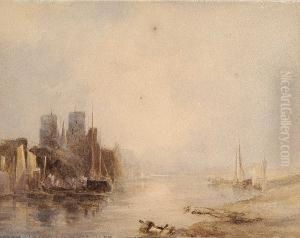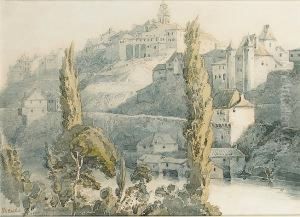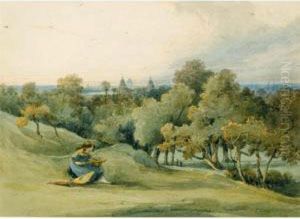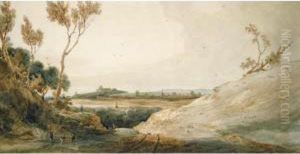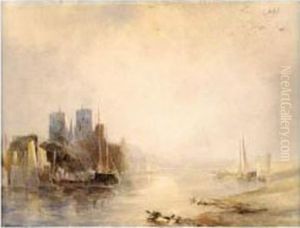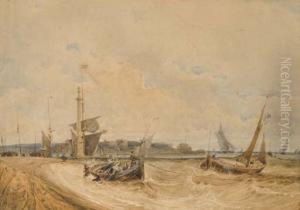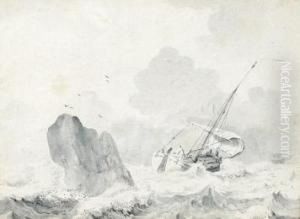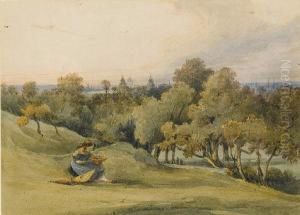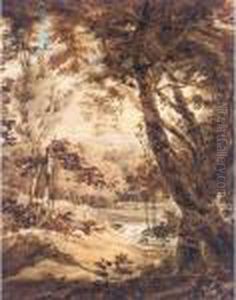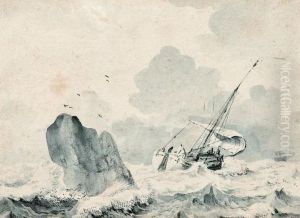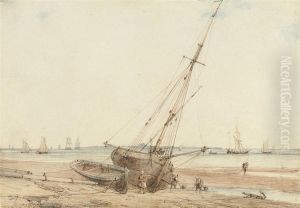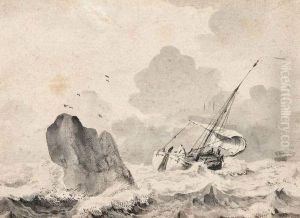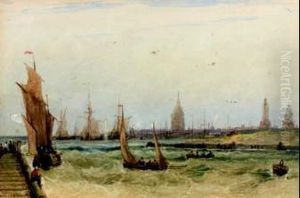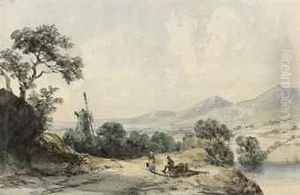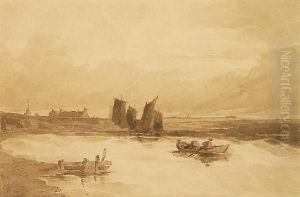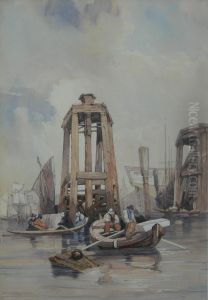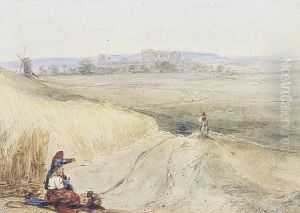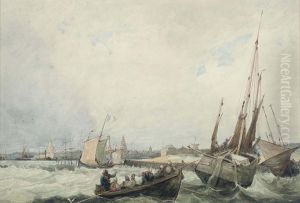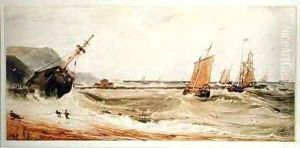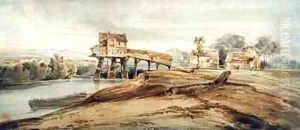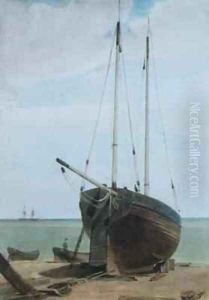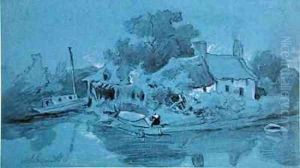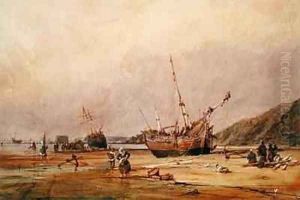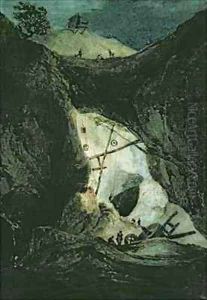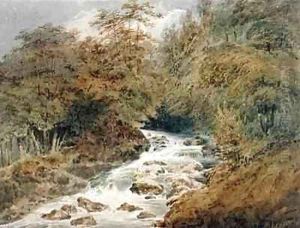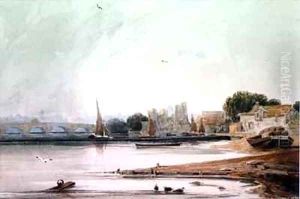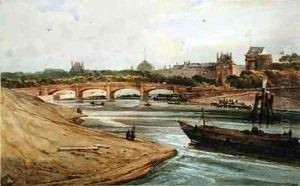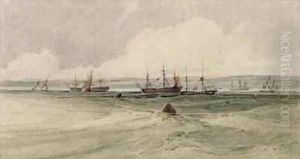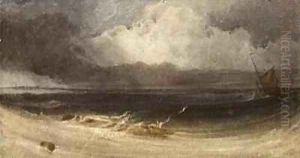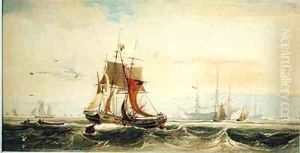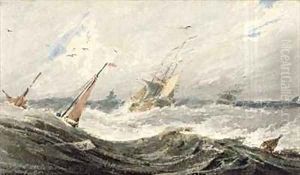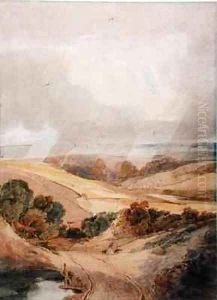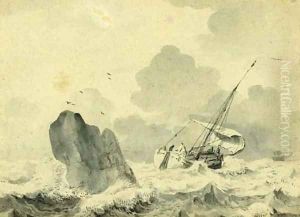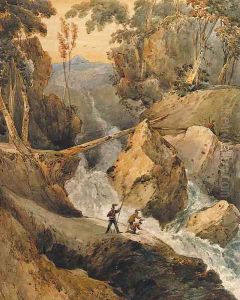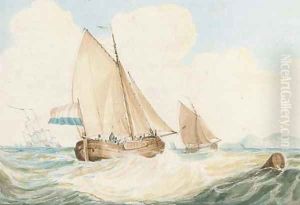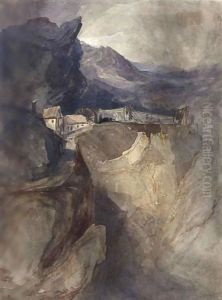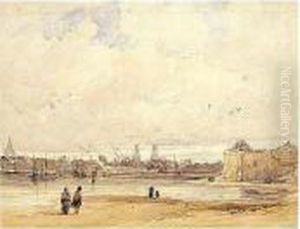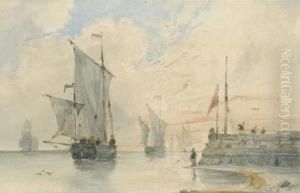Francois Louis Thomas Francia Paintings
Francois Louis Thomas Francia, born in 1772 in Calais, France, was a watercolorist and landscape painter whose work is often associated with the early 19th century Romantic movement. Francia's artistic journey began under the guidance of his father, who was also a painter. He later moved to Paris to continue his studies and was significantly influenced by the works of Claude Lorrain, a 17th-century landscape painter whose classical landscapes had a profound impact on Francia's style.
In Paris, Francia became associated with other artists and intellectuals of the time. He was known for his delicate watercolor landscapes which were praised for their poetic and atmospheric quality. His paintings typically featured serene scenes of the French and English countryside, capturing the changing effects of light and weather with subtle precision.
Francia's reputation grew, and his work became popular in England where he moved in the early 19th century. There, he became a member of the Society of Painters in Water Colours in 1805 and exhibited his works regularly. His English landscapes contributed to the growing appreciation of watercolor as a serious medium during that period.
Despite his success, Francia struggled with financial difficulties throughout his life. He also faced personal tragedies, including the loss of his daughter, which profoundly affected him. He returned to France in the latter part of his life and continued to paint until his death in 1839. Francia's legacy lives on through his contributions to the Romantic movement, and his works are held in several prestigious collections, including the British Museum and the Victoria and Albert Museum.
Francia's career was marked by his continuous effort to capture the ephemeral nature of light and atmosphere, making his landscapes more than just depictions of scenery but also expressions of emotion and mood. This approach resonated with the Romantic sensibility of his time, which emphasized the importance of personal expression and the sublime in art. His works remain an important part of the history of watercolor painting and continue to be studied for their technique and emotional depth.

